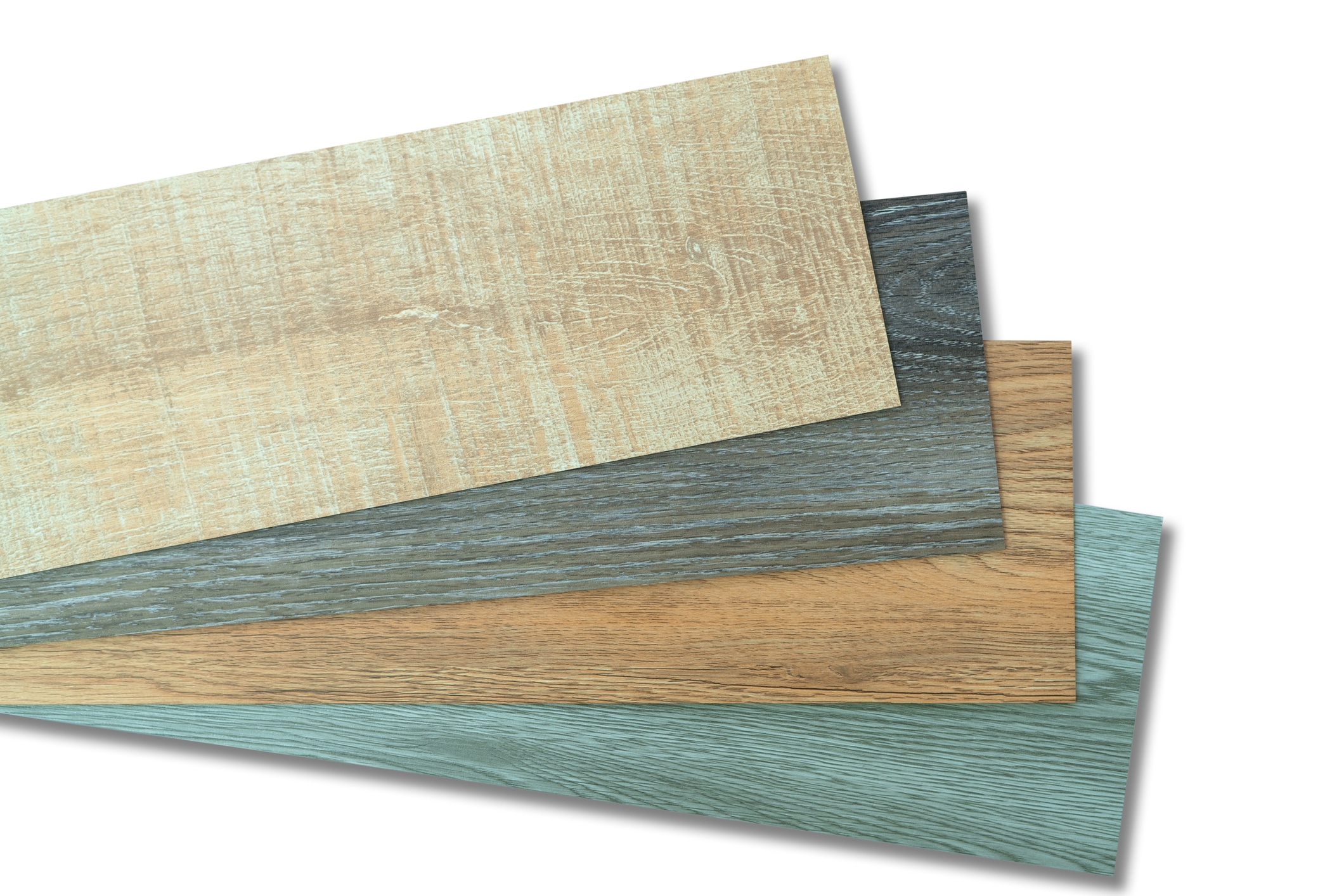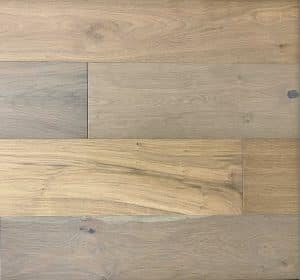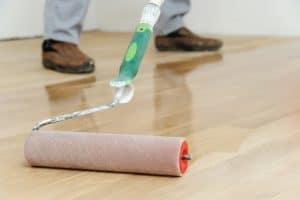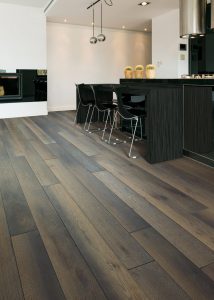LVP, luxury vinyl plank, is the hot trend in flooring right now. Affordable, durable, water- resistant, and easy to install, LVP is a perfect choice for many people. Here, we answer some of the top questions we get about LVP.
What Is LVP?
LVP, sometimes referred to as LVT (luxury vinyl tile) refers to any vinyl flooring that is designed in planks. It has multiple layers, with a wear and coating layer on the top, a printed layer, a core layer, and then the back. It comes in varying thicknesses and textures, in a multitude of patterns, and in several different types of installation methods. Usually, it is designed to resemble wood floors, thought it can have almost any pattern.
Is Any LVP Made in America?
If you have been shopping for LVP, then you may have noticed that the majority of it is made in China. There are a number of reasons for this, but you can find brands that are made in the USA. However, you may be limited to a smaller selection, as at least 3/4ths of the LVP currently being sold in the USA is made in China.
How Do You Install LVP?
There are two main installation methods for LVP: glue down or click and lock. For residential uses, click and lock is generally the go-to. Glue down is less expensive, but it can be more challenging to install and has fewer options.
Is LVP Waterproof?
Yes, but let’s not get carried away. LVP can have water splashed on it and even stand on it for some period of time. However, the longer the water stands, the more likely it is to get through the joints. Leaks under the floor’s surface could also damage it. If you have a wooden subfloor, there is still the possibility of damage. With a concrete floor, standing water could still create problems. So, LVP is not going to get damaged with some water on it and even with people tracking in large amounts of water or routine spills. It is not made to have water stand on it for an extended period of time like days.
What Type of Subfloor Do I Need?
LVP needs a flat, even surface for installation. Padding is not necessary, but some types of LVP have some padding already attached to it. The padding is not really to offer cushioning when you walk, but to dampen sounds.
Is Thicker Better
LVP is measured in terms of the thickness of its protective layers. If the coating is the same, then thicker is better as it provides better protection against wear. However, a thicker layer is not necessary better than a thinner layer of a better protective layer. Aluminum oxide finishes are considered the best finishes.




